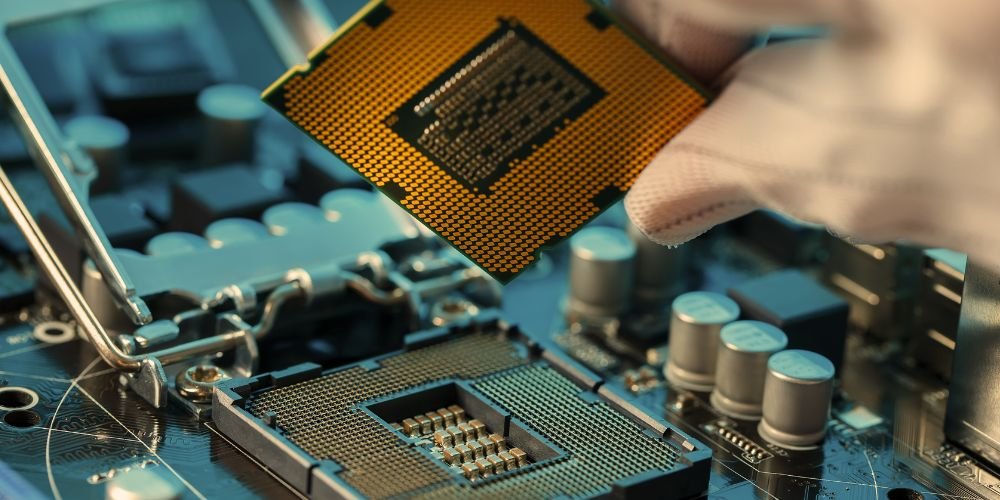Central Processing Unit (CPU) architecture is fundamental to computer performance and efficiency, dictating how well software and hardware interact to execute tasks. As technology advances, CPU architecture has continuously evolved, crucial in enhancing computing power, energy efficiency, and overall system capabilities. This opinion piece examines the importance of CPU architecture, its evolution, and its impact on various aspects of computing.
Historical Perspective
The evolution of CPU architecture began with simple designs that handled basic computational tasks. Early CPUs were based on simple, single-core designs with limited processing power. Over time, advancements such as the introduction of pipelining, superscalar architectures, and multi-core processors significantly improved performance. The transition from 32-bit to 64-bit architectures further expanded the capacity of CPUs to handle more complex and memory-intensive applications, marking a significant milestone in CPU development.
Performance and Efficiency
Modern CPU architectures are designed to maximize performance and efficiency. Innovations such as hyper-threading, out-of-order execution, and advanced cache hierarchies have enabled CPUs to process more instructions per cycle and improve parallelism. Energy efficiency has also become a critical focus, especially with the rise of mobile and embedded devices. Techniques like dynamic voltage and frequency scaling (DVFS) and the integration of specialized low-power cores help balance performance with power consumption, extending battery life and reducing heat generation.
Impact on Software Development
The evolution of CPU architecture has a profound impact on software development. As CPUs become more powerful and complex, software developers must adapt to leverage new features and capabilities. Optimizing software for multi-core and multi-threaded execution has become essential to exploit modern CPU architectures fully. Additionally, the shift towards parallel and distributed computing models has been driven by the need to harness the potential of contemporary CPUs. It has led to the development of more efficient algorithms and programming paradigms.
Market Competition and Innovation
CPU architecture is a battleground for competition among major tech companies, driving innovation and technological progress. Companies like Intel, AMD, and ARM continuously push the boundaries of CPU design, introducing new architectures that offer higher performance, better energy efficiency, and enhanced security features. This competition spurs innovation, leading to rapid advancements and the availability of powerful CPUs across various market segments, from high-performance servers to energy-efficient mobile devices.
Future Prospects
The future of CPU architecture promises even more exciting developments. Emerging trends such as heterogeneous computing, where different types of cores (e.g., CPU, GPU, and AI accelerators) are integrated on a single chip, are set to revolutionize computing. Additionally, advancements in semiconductor manufacturing processes, such as the transition to smaller nanometer nodes, will continue to enhance CPU performance and efficiency. Quantum computing and neuromorphic processors also hold the potential to redefine the landscape of CPU architecture.
Conclusion
CPU architecture is a cornerstone of modern computing, driving advancements in performance, efficiency, and technological innovation. The continuous evolution of CPU design has far-reaching implications for software development, market competition, and future computing paradigms. As we look ahead, the advancements in CPU architecture will undoubtedly continue to shape computing’s capabilities and possibilities, propelling us into an era of unprecedented technological progress.










